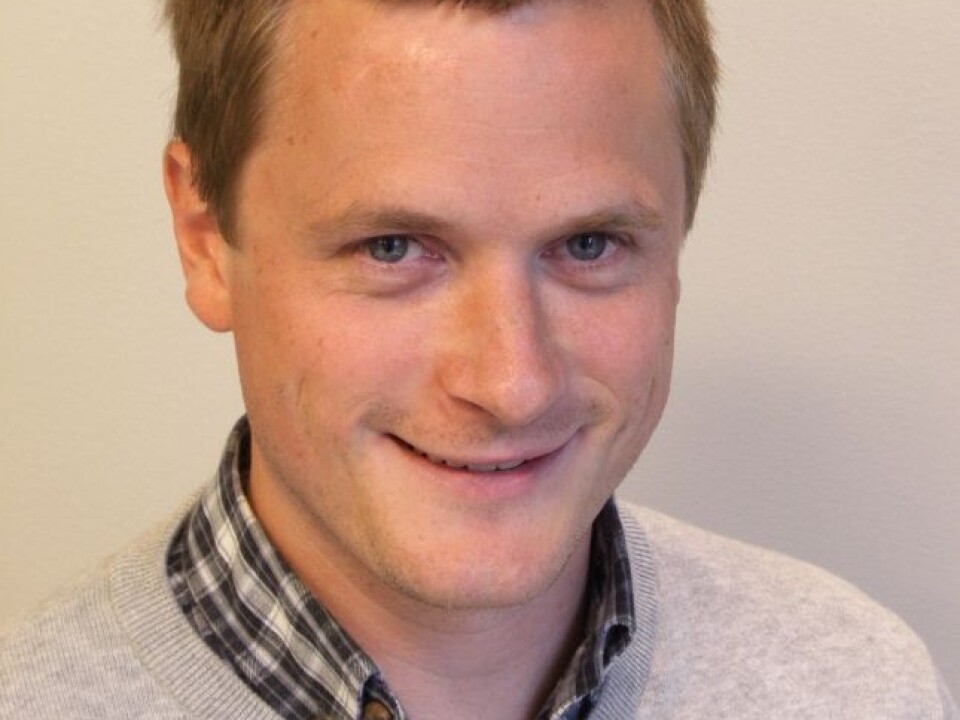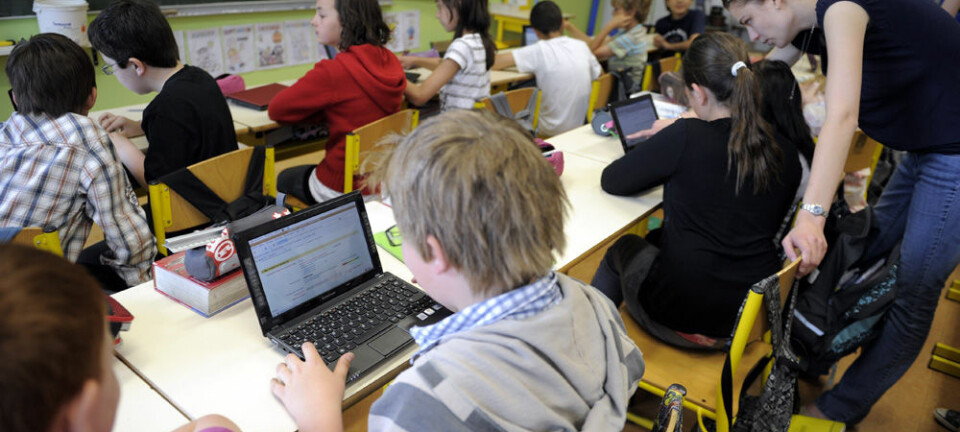
Bad media coverage hardest on teachers with toughest jobs
Teachers in Norwegian school districts in areas with lower living standards were most vexed by the media’s focus on their poor PISA test results. In Finland, however, the media trumpeted news about schools with the best scores.
Denne artikkelen er over ti år gammel og kan inneholde utdatert informasjon.
The OECD’s Programme for International Student Assessment (PISA) involves a test given to 15-year olds from around the globe to evaluate their academic abilities in mathematics, science and reading. Finland scores high on international tests like PISA, whereas Norwegian pupils lag behind goals set by the country’s educational authorities.
Researchers at the Norwegian University of Science and Technology (NTNU) wondered how media coverage of test performance affected teachers in Norway and Finland, especially when it came to the sometimes negative media reports.
They found that negative media coverage about substandard Norwegian results weighed heaviest on the shoulders of teachers toiling at schools in districts where pupils have less affluent and well-educated parents.
“Teachers working in Norway's low-status areas, where there are bigger problems and the schools score lower in national tests, are the ones that bear the brunt of such negative publicity,” says Audun Fladmoe, a former research fellow at NTNU and one of the study's authors. “They find it frustrating and unfair.”

But researchers found it to be a very different story in Finland.
Does the wealth of the school district matter?
In 2009 Fladmoe and Professor Håkon Leiulfsrud interviewed Finnish and Norwegian teachers in focus groups just after the last round of PISA results had been publicised.
They presented the groups with examples of headlines and newspaper articles about the PISA results. Their aim was to trigger responses from the educators about the journalistic focus.
They conducted their study in a Finnish and a Norwegian city of roughly the same size.
In each city they selected one school in an upscale part of town and one in a low-status area to gauge the impact of socioeconomic background.
Some schools "stigmatised"
Fladmoe said that teachers in the low-status areas in Norway felt attacked by the media coverage, whereas those in high-status school districts didn’t see it as a big problem. "Everything at their (high-status) schools was pretty good in any case,” he said.
Fladmoe and Leiulfsrud included anonymous excerpts from their discussions with the teachers in their results.
“I think the tests stigmatise certain schools. We have a completely different group of pupils, I mean, compared with other schools. They think we are a lousy school because our results have been poorer, but they aren’t accounting for the composition of the pupils here,” remarked a teacher in a low-status district in Norway.
Finns have a different outlook
“The opposite was the case in Finland,” Fladmoe said.
“The teachers in the low-status district said they already had so many problems that they couldn’t be bothered with the success stories played up in the media. In the posh areas the slant was ‘Indeed, we are good; this is proof that Finland has proficient, highly educated teachers’,” he said.
The teachers at the low-status school in Finland had a different attitude in their conversation with the researchers.
“It [PISA] isn’t so important for me either. My concern is more about the children who aren’t so well off here in Finland. We have so many problems. That’s my priority,” said a participant in the study.
“In other words, if the link is too weak between the climate of opinion and the daily reality the teachers face, they don’t feel attacked by the media headlines,” Fladmoe said.
Parents point fingers, but where are they?
The media isn’t alone in putting pressure on teachers. Children’s parents read the papers and watch the news, and their perception of the test results can also have an impact.
“Parents in the upscale districts are far more involved, and that can be a source of pressure, but it can also drum up support for the teachers,” says Fladmoe.
The researchers said it’s more common for parents the higher-status school districts to defend their kids’ teachers and schools when the media runs stories about their local school’s poor results.
“Educators in Norway's low-status districts asserted that everyone complains about the teacher, but what about the parents? When parents don’t follow up with their children, if they are apathetic and social problems flourish in the district, the teachers feel it’s unfair that the entire burden is placed on them,” Fladmoe said.
Finns aren’t all complacent
Finland is often heralded as a shining educational example in Norwegian write-ups about international tests.
The Finns themselves don’t necessarily see things in this rosy light, according to Fladmoe.
“In both countries the teachers feel their occupational status is on the wane. In Norway, Finland is portrayed as so great, but we found that the Finns were frustrated by lots of issues," Fladmoe says. "While we in Norway talk about the stability of Finnish schools, Finnish teachers often perceive their schools as old-fashioned.”
Norway has implemented several school reforms over the past couple of decades, whereas the Finnish school system has remained relatively stable over the last 30 years.
“There are Finnish academicians who claim the authorities use PISA studies to give legitimacy to the status quo and thus avoid having to prioritise improvements,” says Fladmoe.
The latest PISA tests were held in the spring of 2012. The results will be published in December this year.
-------------------------
Read the Norwegian version of this article at forskning.no
Translated by: Glenn Ostling

































